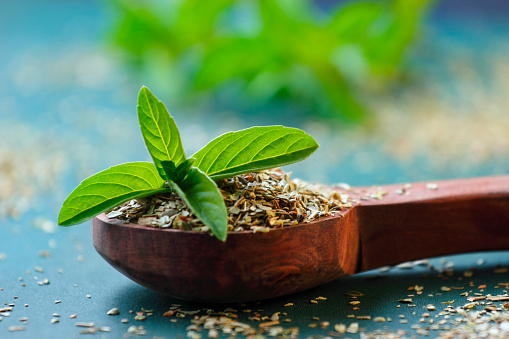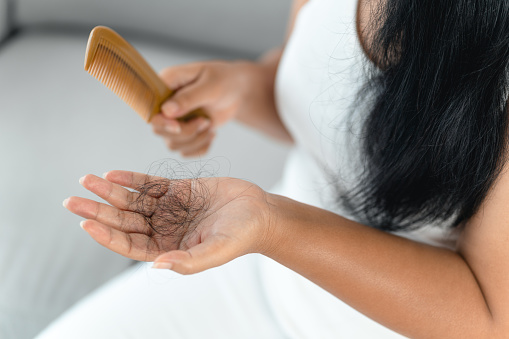
Ayurveda, a Sanskrit word meaning "knowledge of life," originated in India approximately 4000-5000 years ago and quickly became the most popular indigenous medicinal system in the country. It was developed and practiced by sages in India, who were able to diagnose and treat a wide range of medical conditions that existed for many generations and continues to do so today. One of the key strengths of Ayurvedic treatment is its ability to classify diseases based on their prognosis, even in ancient times. For example, diseases were categorized into four groups based on their expected outcomes: easily curable, curable with difficulty, manageable but not curable, and incurable.
Ayurvedic knowledge is passed down through manuscripts and classical texts in Sanskrit known as Samhitas, many of which have over 100 chapters. These texts not only mention diseases and medicines but also cover the basics of a healthy life. The term Ayu refers to life or lifespan in Sanskrit, and Ayurvedic literature emphasizes that this science should be followed by those who wish to live a long and healthy life, free from disease. Ayurveda is divided into two categories: maintenance of health in healthy individuals and treatment of diseases in sick individuals.
Ayurveda has gained popularity in recent years due to its holistic approach to health and wellness. It is often used in conjunction with Western medicine to address a range of health issues, from chronic pain to digestive disorders. Ayurveda is also known for its stress-reducing benefits, with practices like meditation and yoga forming an important part of the treatment.
Ayurvedic medicines are considered safe for consumption. However, it is important to consult with an Ayurvedic physician before taking any medicine. Factors such as the dosage, age, sex, and severity of the disease are crucial in determining the appropriate medicinal administration.
Ayurveda considers the relationship between daily routine, diet, hygiene, exercise, emotional and psychological well-being, and contentment to be crucial to individual and public health. It is remarkable how individuals in ancient times were aware of these relationships. Ayurveda mostly uses safe and natural herbal medicines to treat diseases, and therapy procedures are done using natural ingredients. It also relies on an individualized approach to maintain health and treat diseases, which is why it is still widely practiced and popular worldwide. Ayurveda does not prescribe a single drug for any disease blindly but instead prescribes a treatment based on many factors, such as the patient's body constitution, vitiated humors, site of the disease in the body, age, sex, strength, digestive power, and the season and area of residence.

Ayurveda takes a holistic approach to health, which recognizes the interconnectedness of the mind, body, and spirit. In line with this approach, Ayurveda emphasizes the importance of prevention through diet, lifestyle, and the use of natural remedies. By taking steps to prevent the disease from occurring, individuals can avoid the need for more invasive and costly medical interventions.
Ayurvedic remedies can also improve digestion and metabolism, which is key to maintaining good health. Ayurveda recognizes that the digestive system plays a crucial role in maintaining overall health and wellness. Stress and anxiety are also major contributors to poor health, and Ayurvedic remedies can help to reduce these symptoms by promoting relaxation and balance.
According to Ayurvedic principles, the symptoms of diabetes can be related to 'prameha roga', a disease with 20 different types that result from the interaction of the three doshas and ten dushyas. This disease is closely related to Sthaulya, which is obesity. Sahaja Prameha and Jatah Pramehi are similar to type 1 diabetes, while Apathyanimittaja Prameha is comparable to type 2 diabetes. Ayurvedic texts elaborate on the causes, pathophysiology, premonitory signs and symptoms, actual symptoms, and treatments of prameha.
The management of diabetes in Ayurveda includes various natural remedies, such as Nishakatakadi kashayam, Nishamalaka churna, Aveera beeja churna, Vasantha kusumakara ras, Kataka khadiradi kashayam, Chandra prabha gulika, Lodhrasavam, Amrita mehari churna, Kanmada bhasma, and Shivagulika. These remedies are used to manage diabetes and its associated symptoms. Lodhrasavam is generally taken after food.


High blood pressure, also known as hypertension, is a condition where blood exerts high pressure against the walls of arteries. Overactive sympathetic activity is a key contributor to hypertension, leading to increased blood pressure.
In Ayurveda, high blood pressure is considered a Vata dosha imbalance disorder. According to Ayurvedic principles, blood pressure is controlled by 'vyanavayu'. Both internal and external therapies can be effective in managing high blood pressure.
Commonly used ayurvedic medicines for high blood pressure include Gandharvahasthadi kashayam, Arogyavardhini vati, Laghusuteshekhara rasa, Brahmi vati, and Aswagandha churna.
These remedies are known to have beneficial effects on blood pressure regulation, helping to lower high blood pressure and improve overall health. It is important to seek guidance from a qualified Ayurvedic practitioner before using these remedies to ensure their safe and effective use.
Ayurveda offers solutions for managing hair loss by addressing conditions such as kesasathana, indralupta, and darunaka. Darunaka is associated with hair loss and itching, caused by an imbalance in the vata and kapha doshas. Indralupta is linked to pitta aggravating factors such as consuming sour or acrid foods, which can lead to the drying of the scalp and subsequent hair loss due to an imbalance in the vata and kapha doshas. Alopecia, or indralupta, is caused by an imbalance in the vata and pitta doshas. Ayurvedic treatments aim to restore balance to these doshas, helping to prevent hair loss and promote healthy hair growth.
